Designing a Low-Impact Landscape
Foundations of Low-Impact Landscape Design
Spend a week watching sun, shade, wind, and water patterns. Note soggy spots, heat traps, and wildlife paths. Observation reveals where your low-impact interventions will do the most good with least effort.
Foundations of Low-Impact Landscape Design
Define targets like reducing irrigation by forty percent, replacing turf by half, or capturing the first inch of rainfall. Clear metrics guide decisions and help you celebrate progress that truly lowers environmental impacts.
Foundations of Low-Impact Landscape Design
Choose flexible layouts, modular beds, and plant communities that can shift as climate, rainfall, and use patterns change. Resilience comes from diversity, redundancy, and room to evolve without costly redesigns.
Water Wisdom: Use Less, Capture More
Direct roof runoff into rain barrels and bioswales, not storm drains. A single modest storm can refill cisterns and irrigate beds for weeks, reducing demand on municipal supplies and nurturing deep, resilient roots.
Soil as the Engine of Resilience
Feed the Soil Food Web
Compost, leaf litter, and gentle amendments nurture fungi, bacteria, and beneficial insects. This living network transforms scraps into nutrients, improving structure and fertility while reducing the need for synthetic fertilizers and frequent interventions.
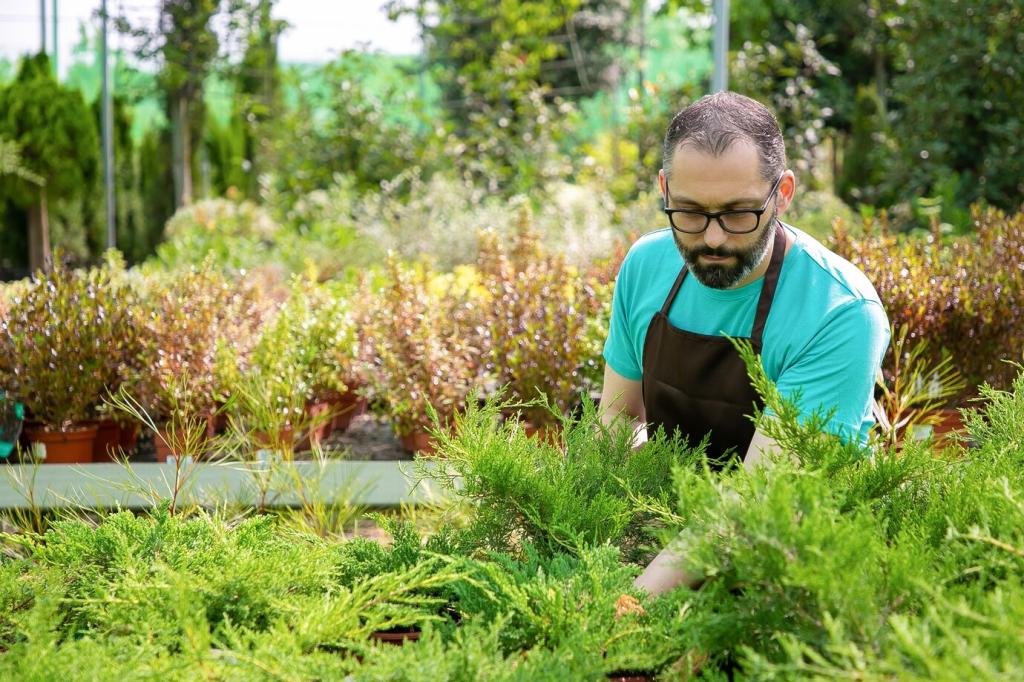
Planting with Purpose: Natives and Layers
Native plants coevolved with local pollinators and weather patterns, often needing far less water. Mix species to stagger bloom times, reduce pest outbreaks, and foster resilience against heat waves, droughts, and unexpected cold snaps.

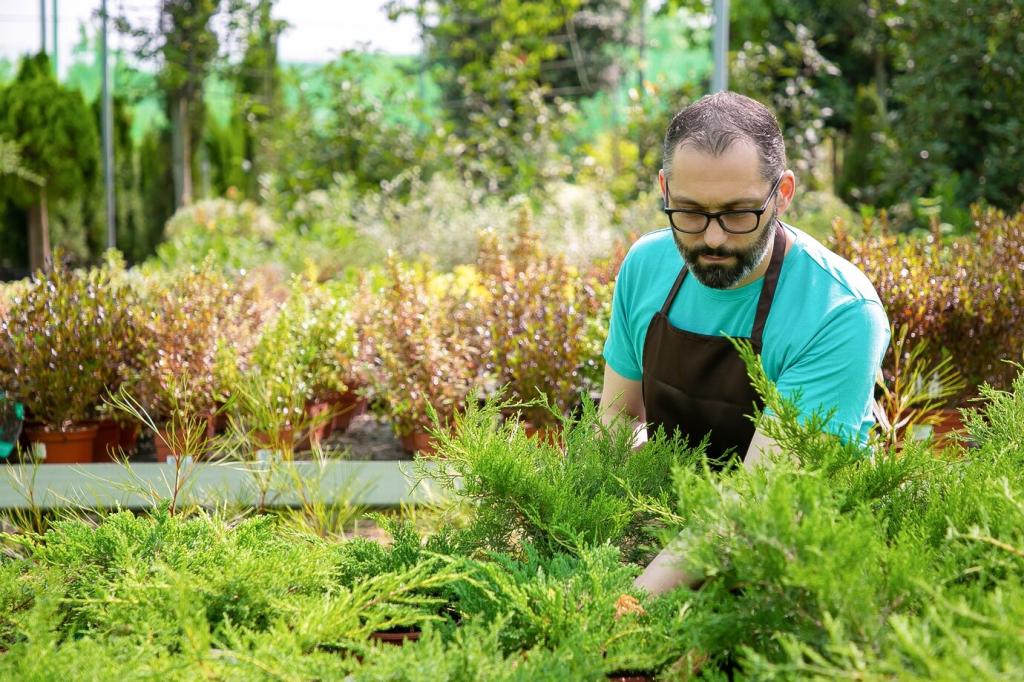
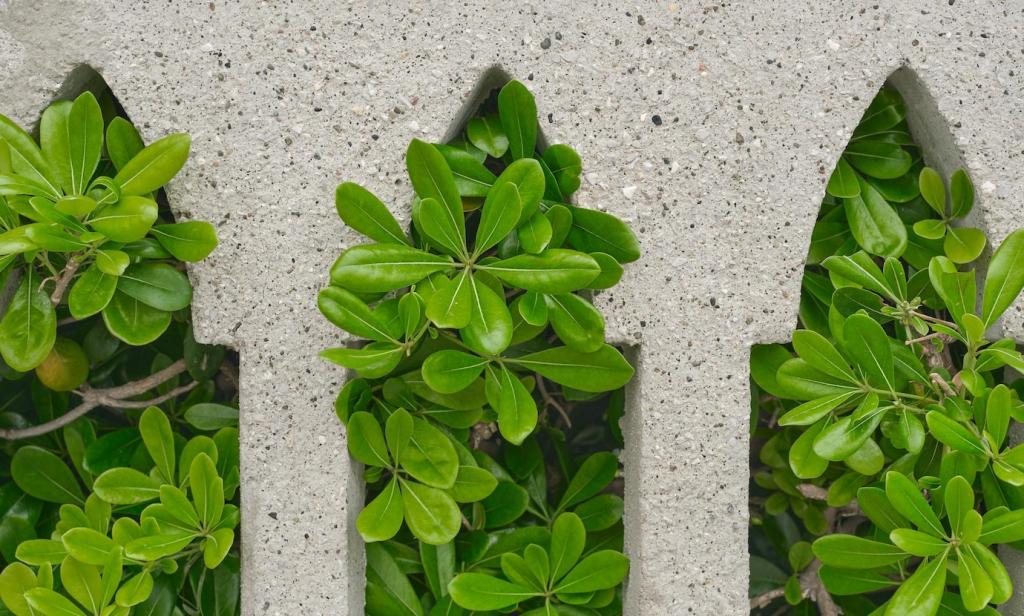
A Backyard Case Study: From Thirsty Lawn to Thriving Haven
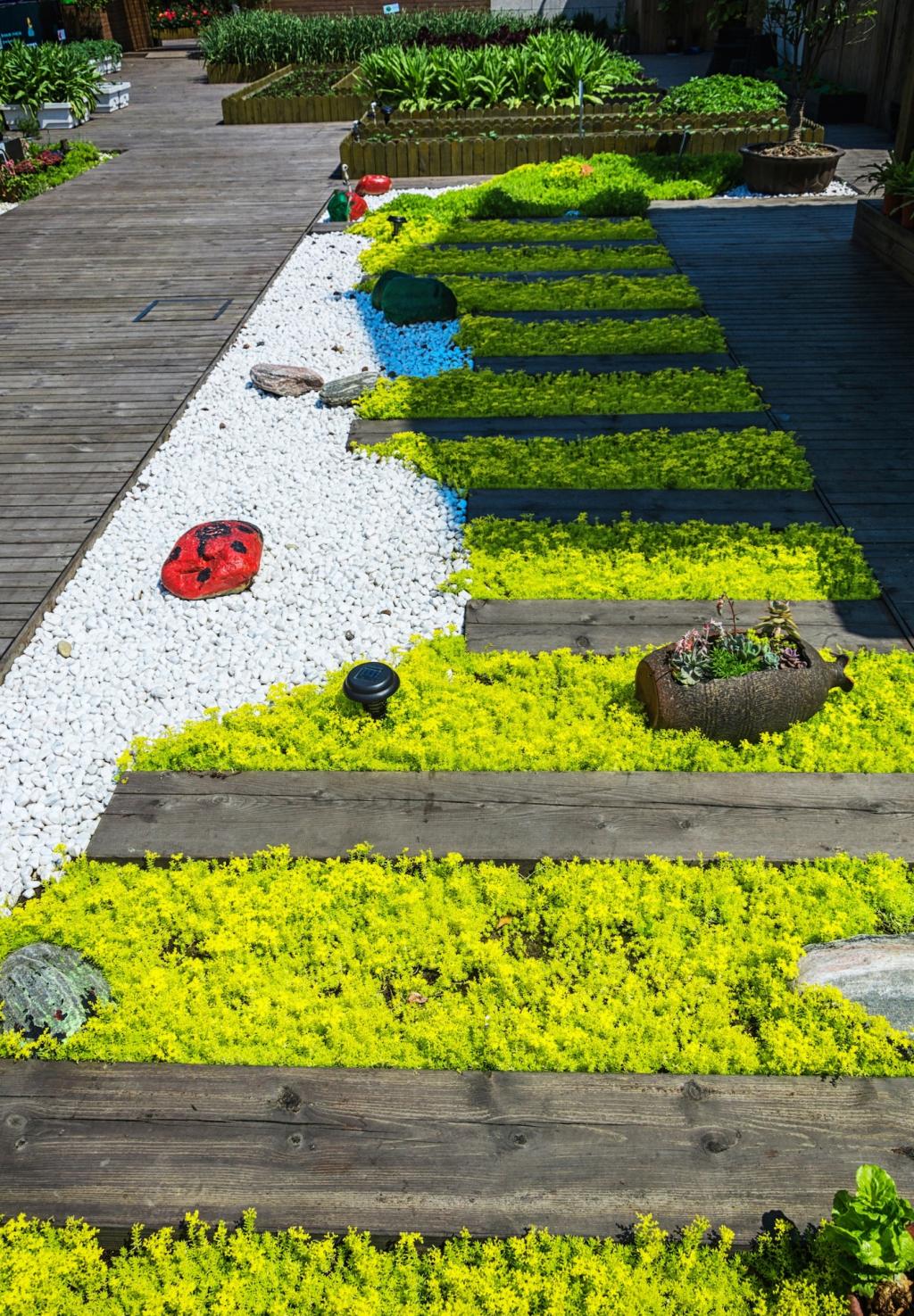
The Starting Point
A compact suburban lawn demanded weekly watering and constant mowing. Summer heat stressed the turf, pests thrived, and runoff pooled at the driveway. The homeowners wanted beauty, shade, and bills that finally calmed down.
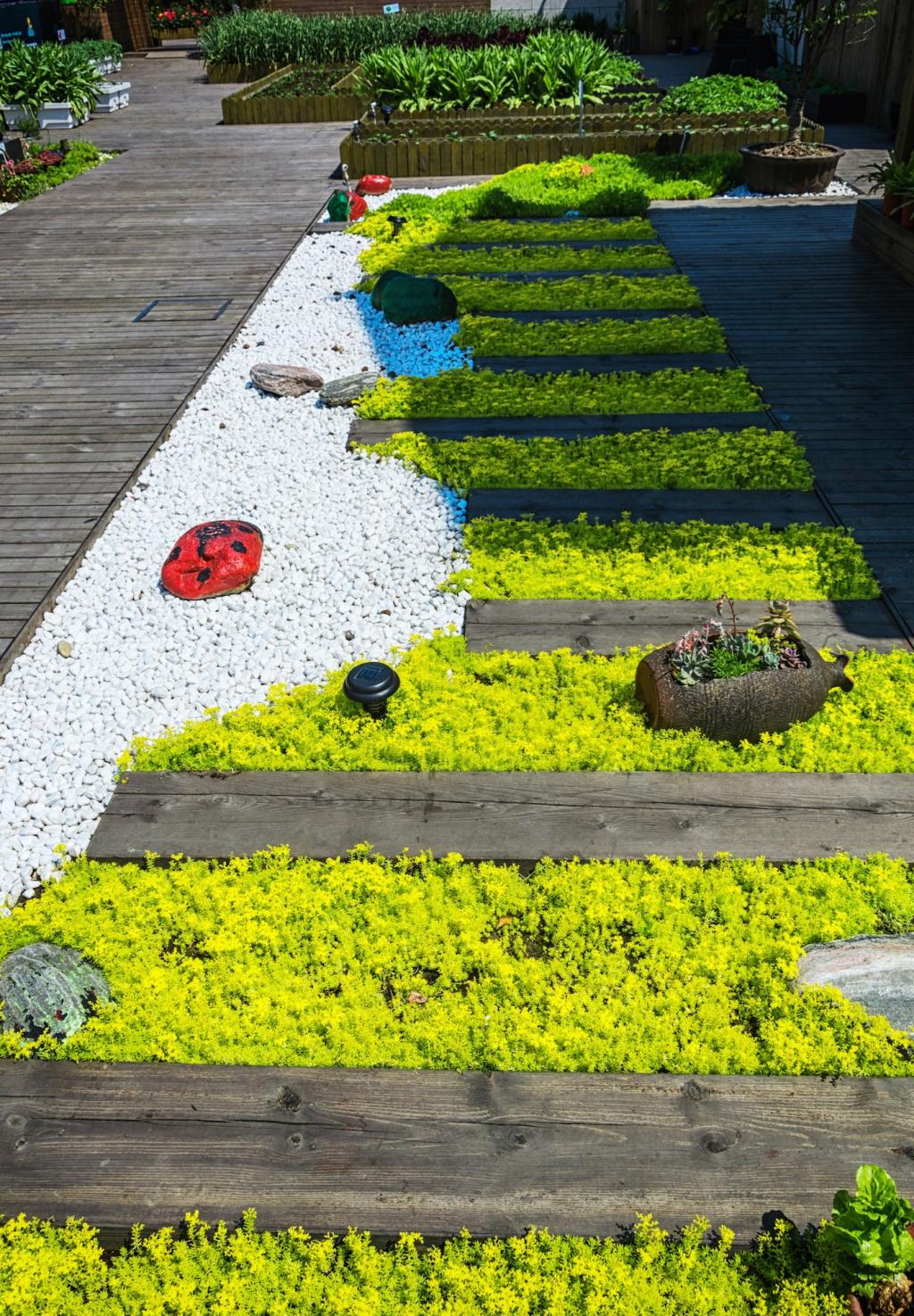
The Transformation
They replaced half the turf with native meadow mixes, installed drip lines, and carved a swale that fed a small rain garden. Mulch, compost, and a layered canopy cooled the soil and reduced evaporation dramatically.

The Results and What We Learned
Water use dropped, birds and butterflies returned, and maintenance shifted to seasonal edits. The biggest surprise was improved comfort: breezes felt cooler over permeable surfaces. Subscribe for our complete plant list and maintenance calendar.
